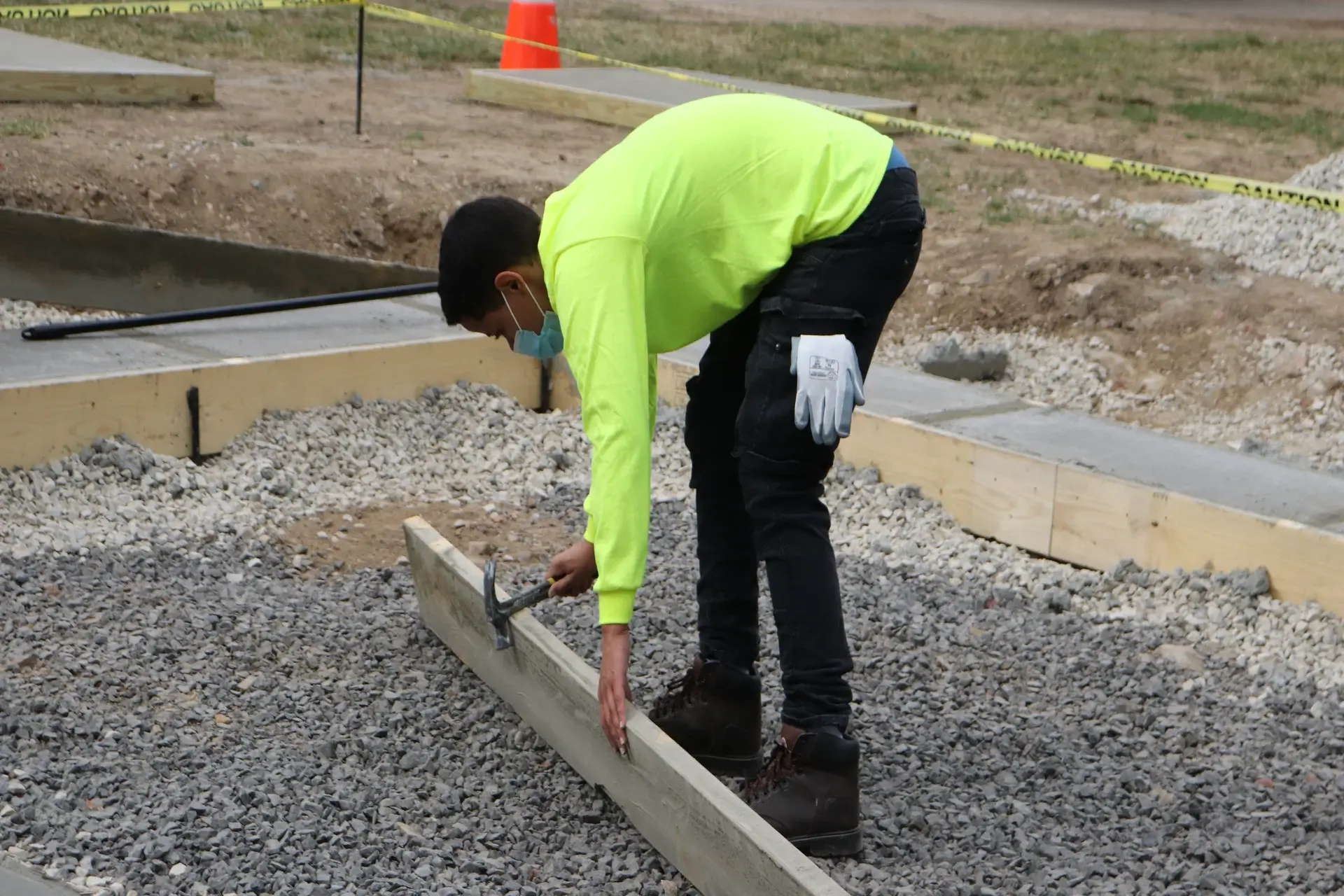Construction training programs are designed to equip individuals with the skills and knowledge they need to succeed in the field. The need for construction training programs is expanding as the sector develops and grows. Construction-related programs offer beneficial training in project management, technology, safety, and trade skills.
The modern construction business has significant concerns about employee turnover and recruitment expenses. The rate at which people leave their positions is referred to as employee turnover, while the expenses associated with hiring new employees are known as recruitment costs. These two variables have a significant impact on the productivity and profitability of construction enterprises. Offering staff training programmes is one method to address these worries. Examining how construction training programs work
The construction industry is known for its high employee turnover rates. The physical demands of the job, combined with the industry’s seasonal nature, can make it challenging to retain employees. Construction workers are also susceptible to injuries and accidents, which can further increase turnover rates. Additionally, when employees leave their jobs, construction firms incur costs associated with recruiting and training new employees. These costs can include advertising, interviewing, background checks, and onboarding. By reducing employee turnover rates, construction firms can save on high costs.
Training programs can also address the skills gap in the construction industry. Many construction firms report struggling to find workers with the necessary skills and experience. This skills gap can lead to increased recruitment costs, as firms must invest more time and resources in finding qualified candidates. Construction Training programs can help bridge this skills gap by equipping workers with the necessary skills and knowledge to perform their construction jobs effectively.

There are various ways that construction training may lower staff turnover. They can firstly raise job satisfaction. Employee retention in construction is higher when employees feel valued and supported by their employers. Training initiatives demonstrate to staff that their employers value their professional development. This investment may lead to increased job satisfaction and lower attrition rates.
Employee involvement can also be increased via construction training programs. Employees who are devoted to their jobs and driven to deliver their best work are said to be engaged. People are more likely to be employed at work when they believe their contributions are recognised and their employment has a purpose. These programs can equip workers with the skills and knowledge necessary to perform their tasks effectively, which can enhance their confidence and motivation.
Vocational training programs can also enhance employee retention in construction by providing participants with a clear path for professional advancement. Employees are more inclined to stick with a firm if they see a future for themselves there. The ability to rise within an organisation is a talent that training programs can help employees develop, which can boost their dedication to the company also reduce recruitment costs in construction

Programs for construction workers can lower the cost of hiring. They can first lessen the requirement for outside hiring. Employee retention in construction is higher when they receive training and development within the organisation. This reduces the need to hire new workers from outside sources, which can save a significant amount of money on advertising, interviews, and background checks.
Construction training programs may also reduce the time and resources needed to onboard new employees. New hires must get training on the unique policies and practices of the business. For complex operations, in particular, this may require a significant amount of time and money. Companies may reduce the time and cost of onboarding new workers by ensuring that construction workers know the organisation’s procedures and practices through training programs.
Training programs also reduce the demand for hiring specialists. Specialised skill-trained employees are more likely to stay with the organisation, decreasing the requirement for external hiring for these talents. This can reduce recruitment costs in construction
with specialised capabilities.
By providing those interested in a career in construction with the essential skills and knowledge, construction training programs can help lower recruiting expenses. The following categories of careers in construction can assist in lowering recruiting expenses:
Individuals who desire to study a particular skill, such as carpentry, plumbing, or electrical work, can enrol in construction apprenticeship programs for construction workers, including on-the-job training and classroom education. While they are learning their profession, apprentices are paid and work under the supervision of more seasoned workers. Apprentices who successfully finish these programs frequently become journeymen or experienced tradesmen. These programs generally take many years.
Construction -apprenticeship programs provide fundamental training in the building trades, safety, and employability skills, preparing individuals for an apprenticeship program. By vetting potential applicants and ensuring they possess the necessary skills and aptitude for an apprenticeship program, these construction programs can help reduce recruitment costs in construction
Vocational Training Programs
Vocational training programs provide a comprehensive education in a specific trade, such as construction management or welding. These courses can lead to a certificate or degree in the field of study and are often offered by community colleges or vocational institutions.
The popularity of online training courses is rising in the construction sector. Through these programs, individuals can study building theory and techniques at their own pace, in the convenience of their own homes. Online construction skills can effectively teach a large number of workers, as well as to continue training and educating current workers.
Internal Training Initiatives. By enhancing the skills and expertise of current employees, in-house training programs may significantly save the cost of recruiting new personnel. Additionally, these programs can be customised to meet the business’s specific requirements and used to train staff members in cutting-edge technology, safety protocols, or other essential competencies crucial to the construction sector.
Read More